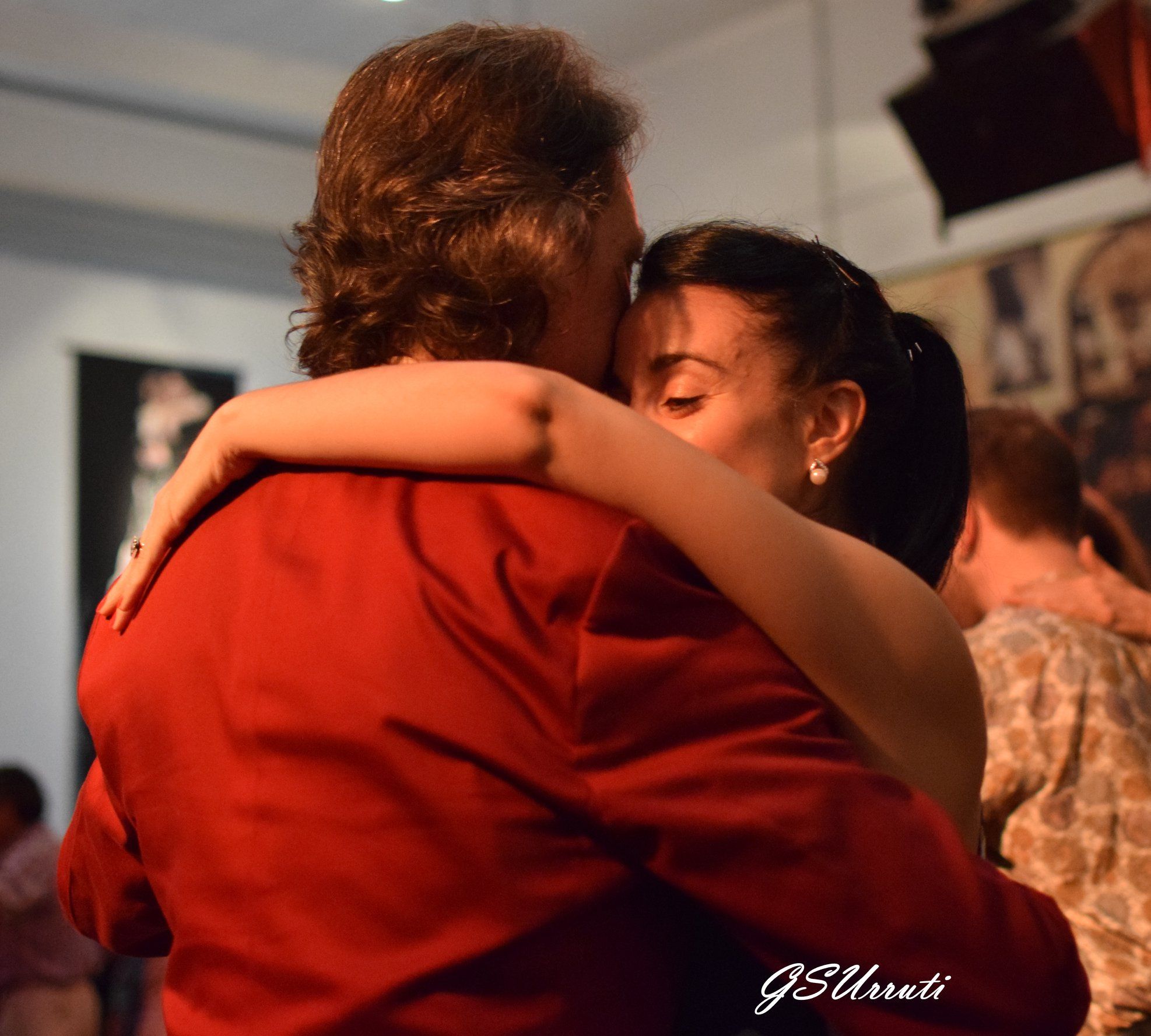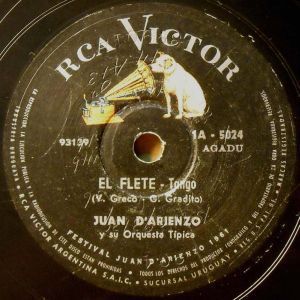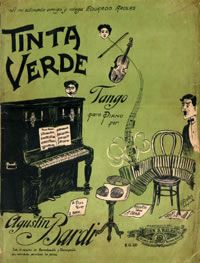“Cómo se pianta la vida” by Ricardo Tanturi y su Orquesta Típica with Alberto Castillo in vocals, 1942.
“Cómo se pianta la vida” by Ricardo Tanturi y su Orquesta Típica with Alberto Castillo in vocals, 1942.

Carlos Viván
Singer, actor, lyricist and composer (15 April 1903 – 16 July 1971)
He had a warm voice, within an alto-tenor range, as it was common then, plus a feature that made his voice unmistakable: his vibrato.
He was a tireless traveler and made numerous tours throughout Latin America, especially Brazil and the United States.
His figure, stunning image, and way of dressing made possible his participation as a mannequin vivant, by that time a fashionable job, at the main shop windows and on the downtown streets. His definitive artistic last name was born without that final “t”.
He was a featured lead actor and singer in theater plays with many companies.
Carlos Viván, besides being a great vocalist, he was the composer of many widespread tangos.
He is remembered as a gentleman, respectful of friendship and loyal towards his friends, who revered and honored woman and had a great sense of humor.
Listen and buy:
-
Amazon music
-
iTunes music
-
Spotify
We are happy to have a collaboration with the people from tangotunes.com from whom some of you may have heard, they do high-quality transfers from original tango shellacs.
It is the number 1 source for professional Tango DJs all over the world.
- Now they started a new project that addresses the dancers and the website is https://en.mytango.online
You will find two compilations at the beginning, one tango and one vals compilation in amazing quality.
The price is 50€ each (for 32 songs each compilation) and now the good news!
If you enter the promo code 8343 when you register at this site you will get a 20% discount!
Thanks for supporting this project, you will find other useful information on the site, a great initiative.
More Argentine Tango music selected for you:
We have lots more music and history









